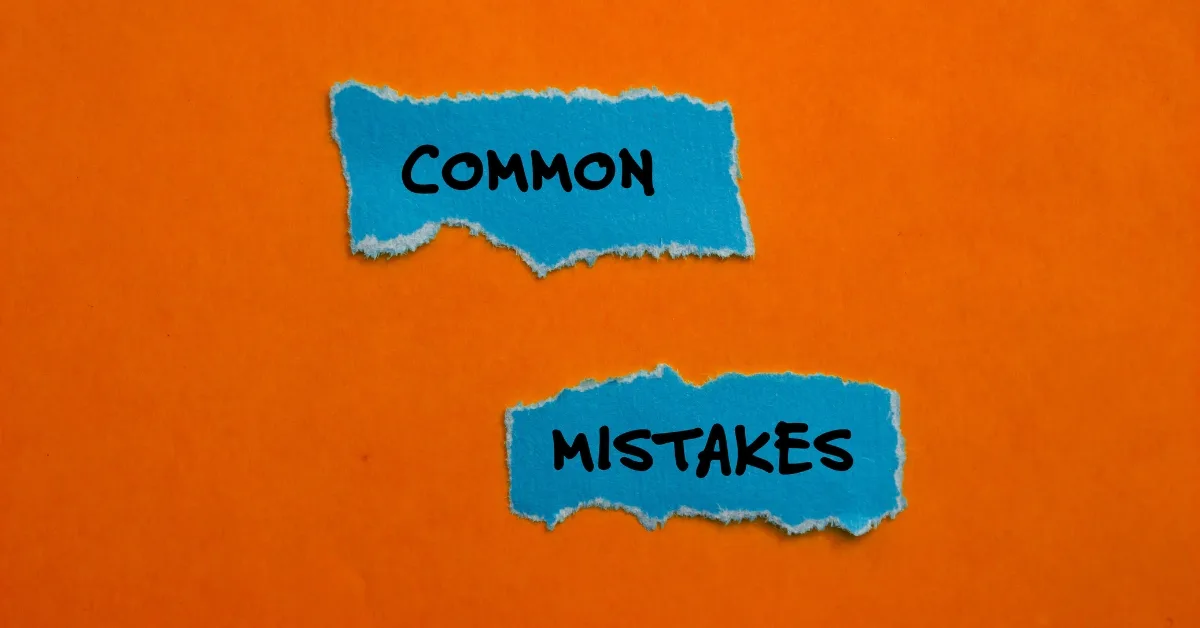Assessing Lead Generation Mistakes for Long-Term Success
A CMO’s to-do list continues to expand. Generate leads and sales, navigate the ever-evolving digital landscape, maximize share of voice, optimize media, and continue to innovate to beat the competition, all while delivering a great experience online and offline by leveraging the latest technology (while also ensuring it integrates with existing MarTech).
In addition to that ever-expanding purview is increased competition everywhere. So it’s no surprise to see that CMO tenure remains at its lowest level in more than a decade, according to the Wall Street Journal. Success isn’t a given and CMOs face an uphill battle to justify budget and prove results.
Where do many CMOs turn when they need to demonstrate marketing’s effectiveness? Lead generation campaigns. Due to an inherent focus on measurability and ROI, lead-gen is a natural fit. However, that hyper-focus can lead to short-term gains at the expense of long-term results.
We’ve identified four common mistakes busy CMOs and their teams make that hinder lead gen performance. Is your team suffering from these problems?
- Can’t See the Forest for the Trees
- Over Segmentation
- Not Testing Enough
- Forgetting to Review Lead Generation Campaigns Holistically
Mistake #1: Can’t See the Forest for the Trees
Marketing teams can get so focused on tactics (A/B testing and tactic-level optimizations especially) that cross-media performance becomes an afterthought. Often marketing develops expertise by media channel and those individuals focus on that media alone—but who is reviewing how the media are working together? Are those individuals talking to each other regularly to identify cross-media trends (such as messaging that resonates with a particular audience)?
In extremely competitive industries, creative and messaging often become similar across all competitors. Rather than breaking through the clutter, each new creative test brings more sameness: same CTA, same value proposition, same visuals. When did you last audit your creative and messaging and compare value propositions and CTAs to your competitors?
Or maybe your organization is one that has historically focused on marketing activity. The number of content pieces developed, social media followers gained, or emails sent is not important if you aren’t able to tie that to marketing and business outcomes. Helping team members shift their mindset to be more strategic and focused on business outcomes can be a full-time job.
Mistake #2: Over Segmentation
How many segments are you targeting today? Is it the same across all media? Often audience segments sub-divide for a specific marketing tactic or campaign, and then these new sub-segments become the norm. Or sometimes segments are developed for a specific use case. However running an ever-expanding list of segments across marketing is inefficient, when really, most segments are based on the same factors.
In lead generation campaigns, creating messages specific to increasingly niche audience segments adds complexity across the buyer journey and narrows the funnel. You’ll be missing potential leads who don’t respond to the niche messaging while also driving smaller audience sub-segments that may not convert at the same rate as the larger established segments. The consumer experience can be personalized and adapted without over-segmenting and sacrificing the strategy.
Mistake #3: Not Testing Enough
Marketing needs to take risks to stay ahead of the competition and continue to drive strong results. Is your organization following the 70/20/10 rule?
Seventy percent of the budget focused on proven results, 20% focused on new promising areas, and 10% on brand new ideas.
Unfortunately, many Marketing teams focus too much on tactical tests: A/B testing minute changes on messaging, media, or segment. These optimizations are lower risk and easier to measure, but without some larger risks, how will your organization find areas of growth? Top teams test new audiences, new media, and completely new innovations, all while partnering closely with analytics to ensure tests are measurable and reproducible. What big bets has your organization made recently?
Mistake #4: Forgetting to Review Lead Generation Campaigns Holistically
The team is conducting daily media optimizations and testing regularly, but ROI is getting worse. Even if performance is flat, nearly one-third of marketers say generating more leads is a top priority (Hubspot). With pressure to improve performance, short-term gains are prioritized, which can lead to worse long-term performance.
Even if you’re doing everything right, an organization’s maniacal focus on measurability and ROI can lead to a bias for lead generation investment and other lower-funnel activities.
Top Marketing teams conduct holistic campaign assessments every few years to understand overall performance trends, identify where strategy may have unintentionally drifted and diagnose issues driving performance decline.
How to Fix Common Lead Generation Mistakes
If your organization is struggling with declining ROI or worse lead generation performance, you’re not alone. Often campaigns reach a point where optimizations have little impact and returns continue to decline.
That’s why we’ve created a 4-step approach to help Marketing teams evaluate lead generation campaigns for long-term success.

Download our framework, “Evaluating Lead Generation Campaigns for Long-Term Success”
Download the framework, where we share four core steps to help marketing teams combat the natural decline of lead generation campaigns over time and strategy shift.



